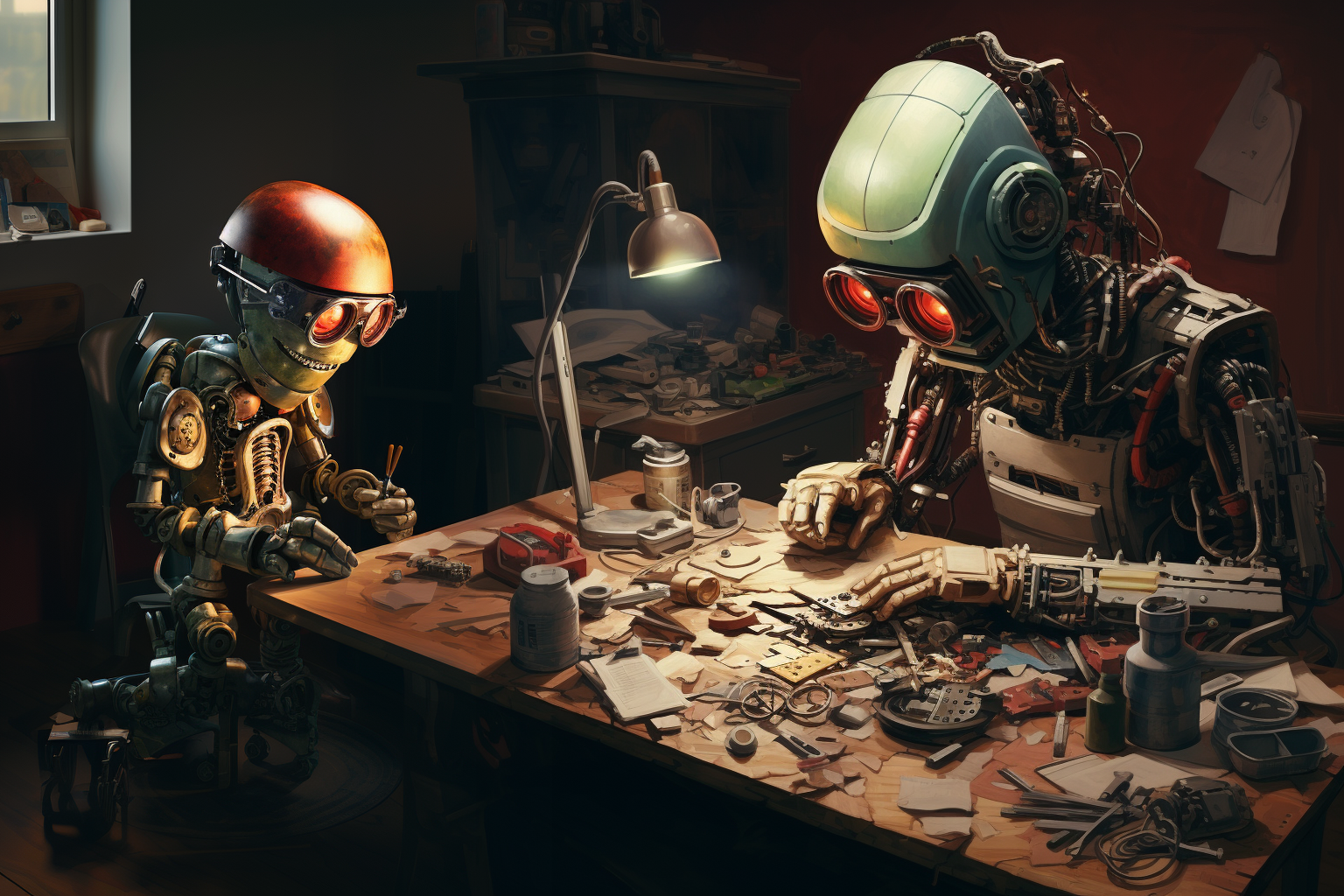Can Neural Networks Generate Themselves

The question often arises in society: can neural networks generate themselves? In theory, this is plausible, and the process is known as self-replication. Neural networks can create new samples that are similar to themselves. For this purpose, they undergo training on a set of data consisting of other neural networks. This is achieved, for example, by cloning existing models or creating new models based on an existing architecture.
Let’s explore how feasible such a task is, what is required for it, and what rules must be adhered to. We will also come to a conclusion regarding the potential of such steps and the further stages of development.
Is It Possible
There are science fiction concepts where neural networks or artificial intelligence are capable of self-generating. They often appear in literature and films. In reality, such ideas are less common, associated with serious philosophical and ethical questions.
At present, there is a technical possibility to create a neural network that can alter its structure or parameters, for instance, with reinforcement learning algorithms or evolutionary algorithms. However, these changes are usually made based on external control and certain rules set by developers.
The idea of neural networks or AI “self-creating” is similar to the concepts of Artificial General Intelligence (AGI). Here, the system can perform a wide range of tasks and has the ability to learn and adapt to new conditions. The development of such systems remains an active area of research, but as of now, there are no AGI that can completely self-replicate.
Despite this, there are a few examples of self-replication:
-
In 2021, researchers from Google AI introduced a neural network that can generate new variations similar to itself. It was trained on a dataset comprising 10,000 elements.
-
In 2022, researchers from OpenAI introduced a platform capable of creating new models that are more effective for specific tasks. They were trained on a dataset consisting of 100 million elements.
Self-replication is a rapidly developing area of research. As neural networks become more complex, their importance increases.
Main Rules
Neural networks operate on the principle that developers or researchers define and configure their architecture, parameters, and learning objectives. But there are methods and technologies that allow them to make certain types of changes or adaptations:
-
Reinforcement learning, where neural networks can make decisions based on experience and maximize a certain target function. The process remains under the control of the developer, who determines what actions are rewarded and what are not. This point is important to keep the process under control.
-
Evolutionary algorithms are used to optimize the architecture of the neural network or its parameters. They require initial rules and constraints, and the outcomes usually depend on the set goals.
-
Generative models like GAN (Generative Adversarial Networks) create new data, for instance, images, based on training information. However, they are not capable of self-replication.
-
Autoencoders attempt to recreate the input at the output, but their structure and parameters are also predefined.
-
Research in the field of automatic machine learning and AI continues to develop. Innovations and technologies might emerge in the future that could change the dynamics. At present, neural networks do not have the ability to self-generate without external control and settings.
-
When developing AI models, ethical and legal aspects should be considered, as well as ensuring transparency in algorithm operation. This is particularly relevant if they’re used in critical areas: health care and security. Regarding architecture (number of layers, types of layers, connections between neurons, etc.), this is defined by developers and selected according to the task at hand.
-
AI also requires continual evaluation and monitoring for proper functioning and support of set tasks. An important aspect is the protection against attacks and data leaks, which is crucial during the development and utilization of the tools in question.
Conclusions
Currently, neural networks lack the ability to self-generate complete copies without external intervention or settings. Their work is based on predefined architectures, parameters, and learning goals set by developers. Technologies and methods in the field of AI and machine learning continue to evolve, and future innovations could alter the situation.

